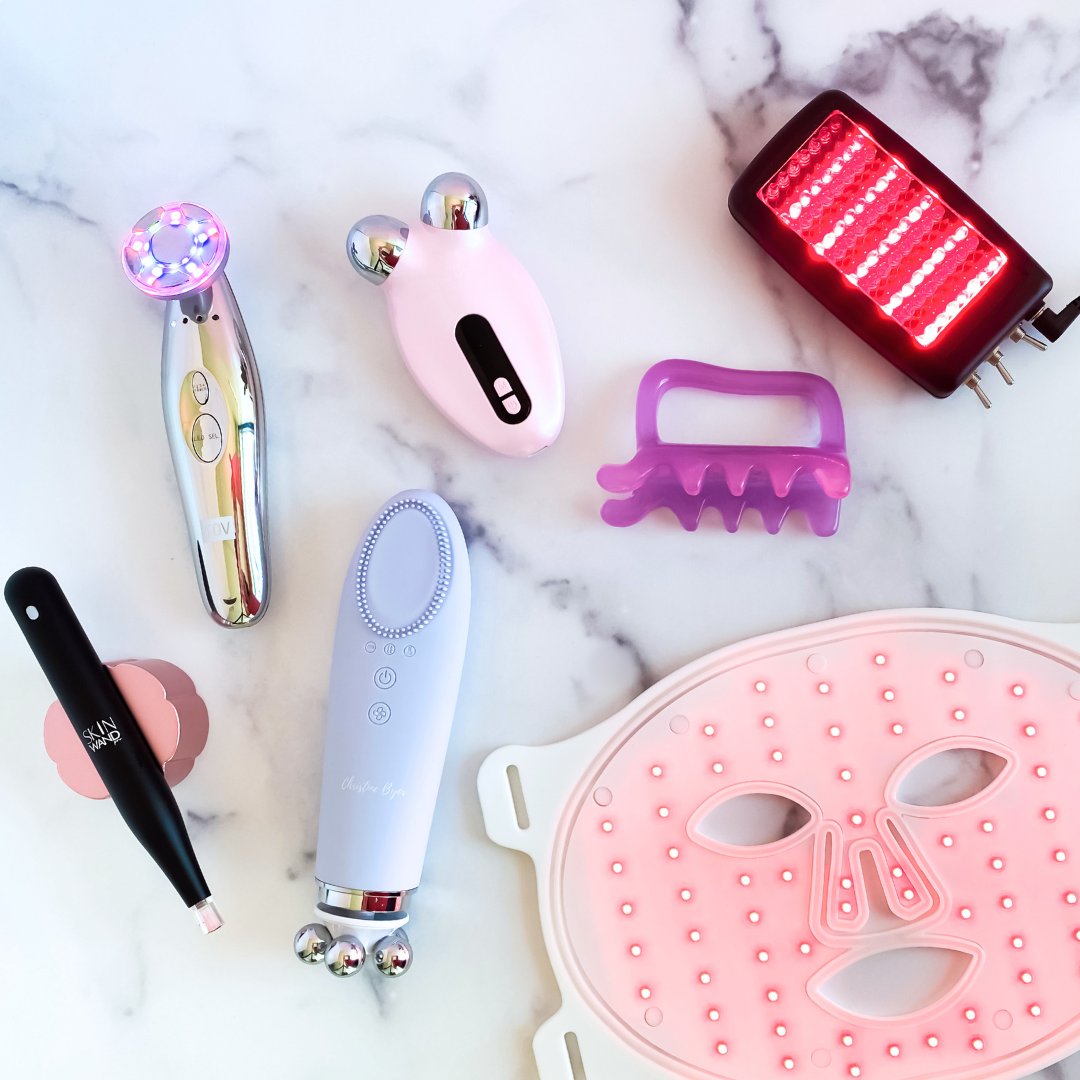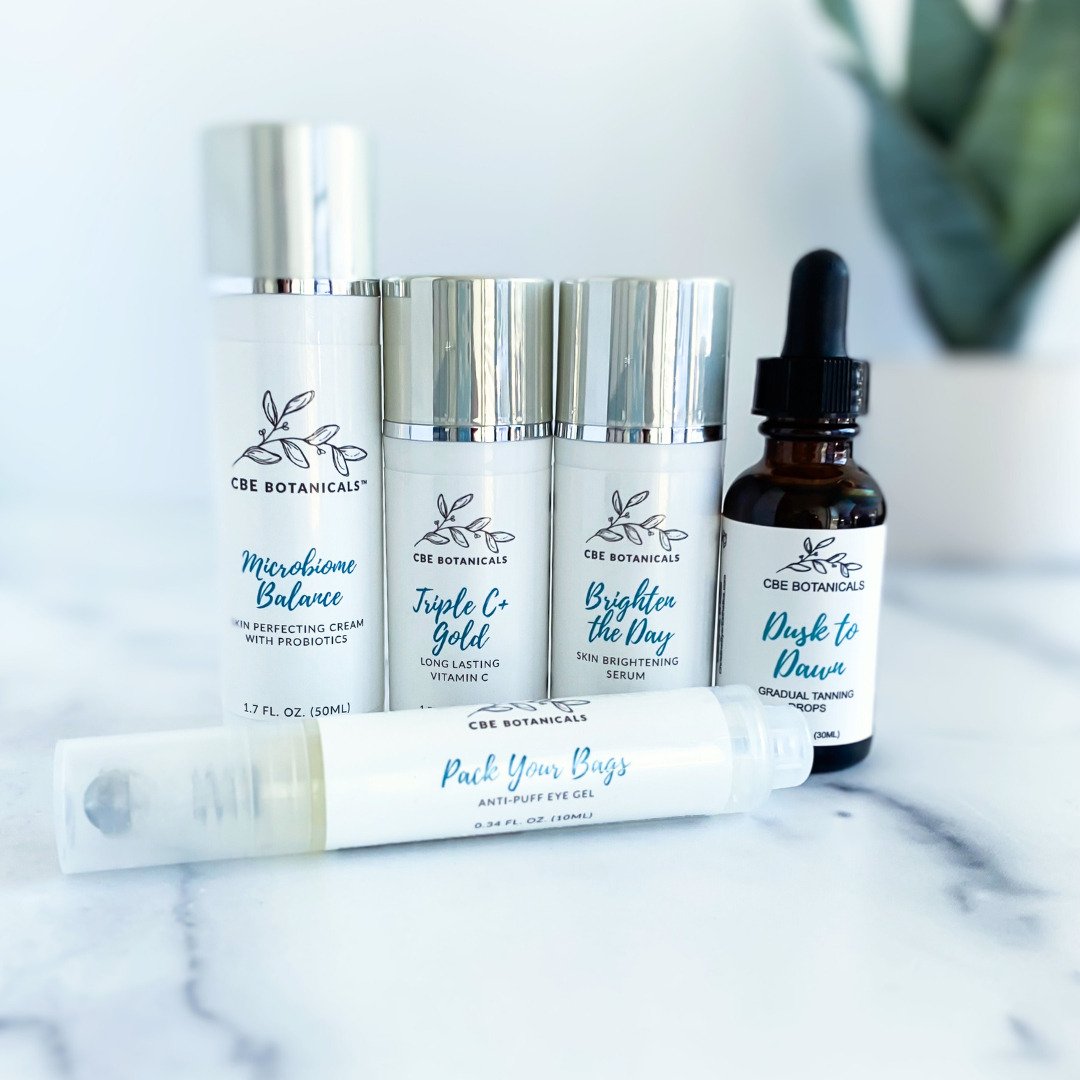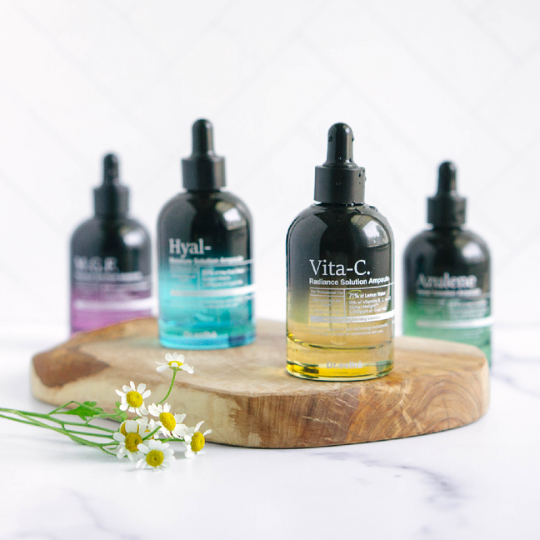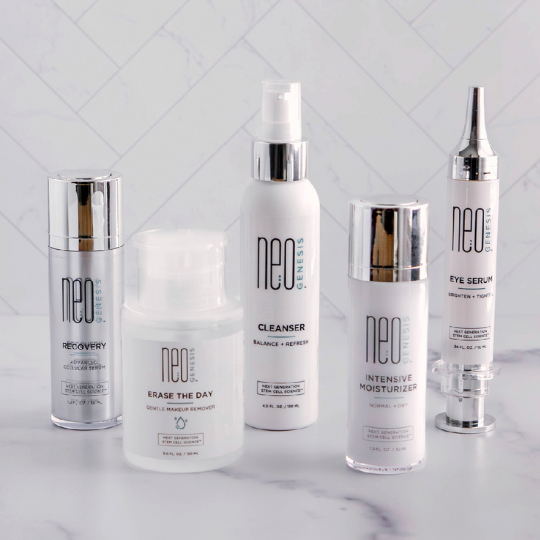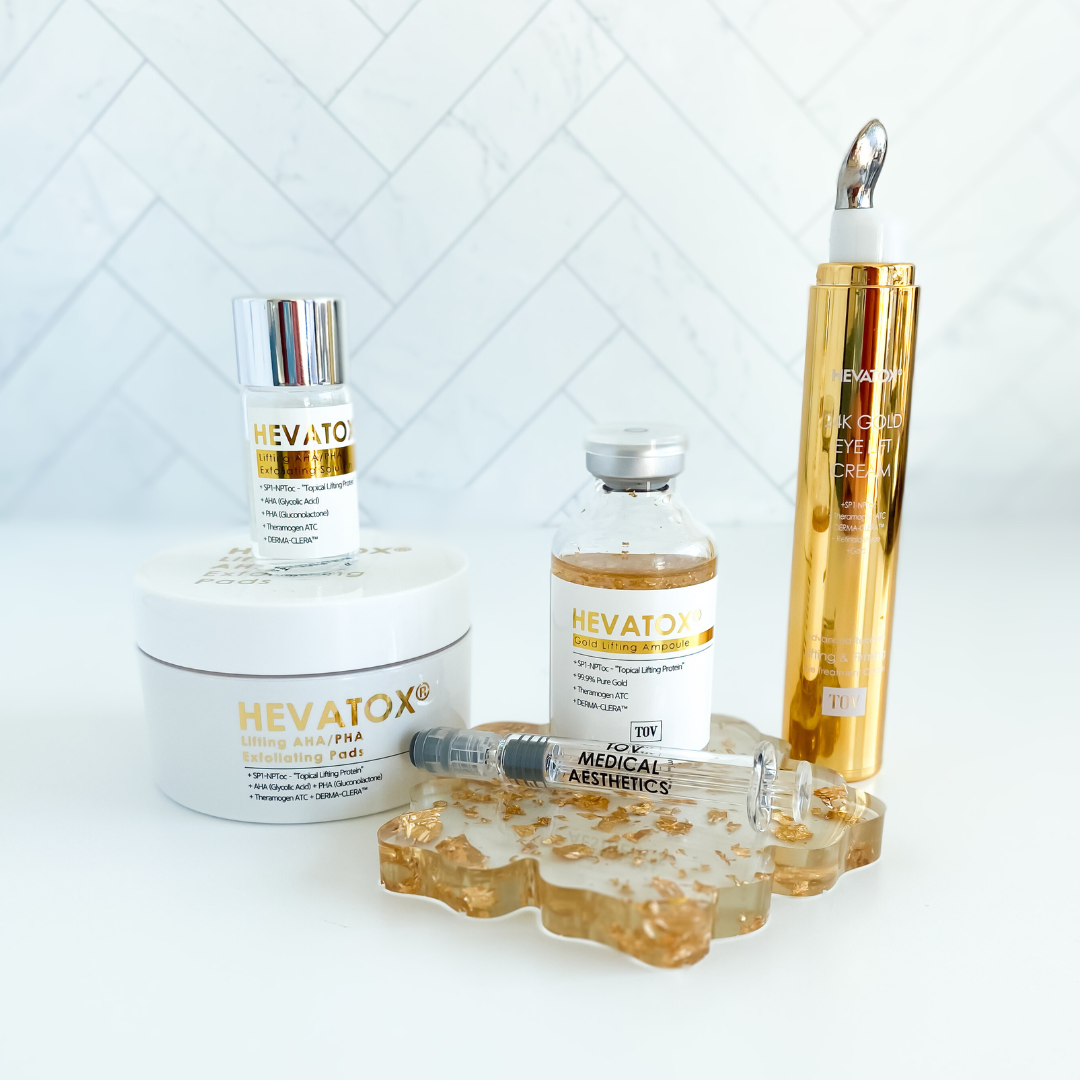Key Takeways
| Layer | Function & Importance |
|---|---|
| Epidermis | - Outermost layer, protects against environmental hazards. - Essential for preventing water loss. |
| Dermis | - Comprises 90% of skin's thickness, supports epidermis. - Contains collagen and elastin, crucial for skin's firmness and elasticity. |
| Hypodermis | - Provides structural support and insulation, maintaining facial contours. - Delicate, requiring gentle handling during facial massages. |
Welcome to my skincare studio, Christine Byer Esthetics, your trusted source for achieving ageless, radiant skin. I've been a practicing esthetician for 23 years. I am dedicated to helping you unveil your skin's beauty using targeted massage, high-performance skincare products, and cutting-edge technology. In this comprehensive guide, we'll explore the intricate world of facial anatomy and reveal how my tailored solutions can help you achieve timeless beauty.
Understanding the Layers of Facial Skin
Your face is a canvas of remarkable complexity, composed of several layers, each with a crucial role in its health and appearance. Let's explore these layers to unlock the secrets of youthful, rejuvenated skin.

1. Epidermis - Your Shield of Beauty
At the forefront of your facial structure lies the epidermis, the outermost layer of your skin. Think of it as your shield against the elements. This layer plays a pivotal role in preventing water loss and protecting you from environmental hazards, including damaging UV rays and pollutants.
In my facial studio, I emphasize the importance of:
- Sun Protection: Shield your skin from the sun's harmful effects with my range of broad-spectrum sunscreens. Explore our selection of high-tech sunscreens.
- Wind Protection: On windy days, safeguard your skin with my specialized wind protection solutions. Discover my favorite recommendation, NeoGenesis Barrier Renewal Cream.
- Skincare Products: My collection of skincare products is carefully curated to penetrate effectively and maintain healthy moisture levels within the epidermis. Explore my highly effective skincare.
2. Dermis - The Fountain of Youth
Beneath the epidermis, you'll find the dermis, constituting a substantial 90% of your skin's thickness. It's the true powerhouse of your skin, responsible for supporting the epidermis and safeguarding the intricate network of nerves and blood vessels beneath. This is where the journey to ageless beauty takes a significant turn.
Collagen and elastin, the proteins responsible for your skin's firmness and elasticity, are produced in the dermis. However, as we age, their production naturally declines, leading to sagging and the formation of wrinkles.
At Christine Byer Esthetics, I offer an array of solutions to address these concerns:
- Collagen-Boosting Products: Explore my selection of skincare products infused with ingredients proven to stimulate collagen production, including retinoids, peptides, and vitamin C. Browse my collagen-building products.
- Cutting-Edge Technologies: Embrace the transformative power of technology with my advanced skincare tools, such as microcurrent devices, ultrasound therapy, LED devices, and radiofrequency treatments. Discover my high-tech skincare devices.
3. Hypodermis - The Foundation of Structural Beauty
Deeper within lies the hypodermis, a layer rich in fat and fascia. It provides essential structural support and insulation to your face, maintaining its plumpness and contours. Understanding the significance of the hypodermis is key to preserving your facial integrity.
It's worth noting that the hypodermis is remarkably thin, with a thickness ranging from 1.5 mm to 2 mm—only 0.07 inches! Given its delicate nature, it's crucial to exercise a gentle touch, especially when engaging in facial contour massage.
Creating a Radiant Transformation
Now that you've embarked on this journey through the layers of your facial canvas, it's time to discover how I can help you achieve a radiant transformation. My mission is to create a cascading effect that rejuvenates every layer of your skin and underlying components, delivering the ageless beauty you desire.
- Collagen Production: My skincare products are meticulously formulated to boost collagen production in the dermis, resulting in firmer, more youthful-looking skin. Explore our collagen-boosting products here.
- Lymphatic Drainage: Experience the benefits of facial contour massage techniques, which encourage lymphatic drainage, reduce puffiness, and promote a clearer complexion. Learn more about my massage techniques through my YouTube video tutorials.
- Fascia Release: My expert techniques for fascia release can help alleviate tension in the fascia, enhancing the overall tone and texture of your skin. Discover the wonders of fascia release.
- Muscle Lift and Tone: Unlock the potential for a more youthful appearance with specialized massage techniques that lift and tone facial muscles. Explore my muscle-toning solutions.
- Psychological Benefits: Looking good often equates to feeling good. Experience a boost in your overall well-being as you embrace healthier, more vibrant skin. Your journey to ageless beauty starts here.
The Road Ahead: Tailoring Your Anti-Aging Journey
In your exploration of ageless beauty, we've only scratched the surface. The world of skincare and facial anatomy is vast and intriguing, and there's much more to explore. In my next blog post, I'll delve even deeper, showing you how to divide your face into sections, allowing you to fine-tune your skincare routine for even more effective anti-aging results.
Stay tuned for a detailed roadmap to a more youthful and radiant you, exclusively at Christine Byer Esthetics.
In conclusion, your journey to ageless beauty is an exquisite adventure that requires a combination of knowledge, quality products, advanced technology, and consistent effort. By understanding the intricacies of facial anatomy and its unique layers, you're empowered to make informed decisions and embark on a path toward timeless beauty. Explore my world of skincare solutions at Christine Byer Esthetics and start your journey to ageless, radiant skin today.


